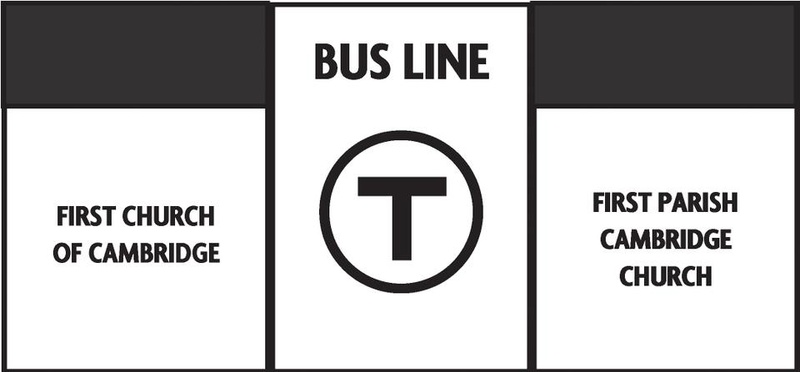In 1938, the Cambridge City Council voted to secede from Harvard. The relationship had been souring for years as Harvard continued to expand into the city, buying Houses and other properties and depriving Cambridge of once fruitful sources of tax revenue.
Neighborly tension turned into outright vitriol, though, when the dean of Harvard Law School pushed to reform the Council, calling for a reduction of its size and a democratization of the election process.
Ultimately, the dean’s initiative failed (although a similar measure would pass a few years later) and the Massachusetts State Legislature did not move to sever Harvard from Cambridge.
This moment—which saw students and Cantabrigians literally standing along Mass Ave. defending their turf, and which featured allegations of Harvard Lampoon violence against City Council members—may represent a ferocious outlier in the sometimes tenuous relationship. But over the past 375 years, this marriage by circumstance has seen its ups and downs: in the beginning the pair was inseparable, eventually their feelings grew chilled, and in modern times, if they fight, more often than not, it stays behind closed doors.
PURITAN BEGINNINGS
Newly graduated from Emmanuel College in Cambridge, England, Reverend Thomas Shepherd found himself filled with a desire to promote “the fruitation of God’s ordinances” in the recently established New England. The “firm but gentle leader” found his way to Newtowne—a small, fortified settlement inland, near the Charles River, and today the heart of Harvard Square. Upon arriving, the inhabitants were drawn to his “vigilance” and soon ordained him minister of the already-established First Church of Cambridge, according to historian Samuel A. Eliot, Class of 1817.
In a nearby town, Salem, there was talk of erecting a college to maintain the colony’s Puritan beliefs. Shepherd’s popularity among the first Cantabrigians, however, drew interest to Newtowne so that he could oversee the school and maintain its theological purity. On Oct. 28, 1636 ,the court granted 400 pounds toward establishing a school in Newtowne, which would be renamed Cambridge the following year.
“The founding of Harvard College by the little colony was one of the most heroic, devout and fruitful events of American history,” Eliot wrote in his “History of Cambridge, Massachusetts 1630-1913.”
For a time, college, city, and church life were inextricably intertwined, according to Stephen P. Shoemaker, an expert on the history of the College. The heart of Cambridge was First Church. Those overseeing Harvard—Henry Dunster, Charles Chauncy, and Urian Oaks—were also ministers at First Church. Shoemaker characterized the dynamics between the church and Harvard as “almost incestuous.”
But almost 200 years after the College was founded, the relationship between the “little colony” and what would become one of the most esteemed universities in the world would irreversibly change: in 1805, Harvard appointed its first Unitarian professor after a heated debate.
In 1814, the University shifted its theology from First Church’s Trinitarian beliefs to Unitarian. Then, Harvard funded the establishment of the First Parish Cambridge Church.
“After that, virtually all faculty appointments went to Unitarians until the end of the 19th century,” Shoemaker wrote in an email.
Before the shift, Harvard and the broader Cambridge community shared a common religion, but “after the split the relationship was fundamentally changed forever,” Shoemaker says, giving birth to the legendary and grizzled disputes between Harvard and Cambridge.
WAR OF THE WORDS
The face of Cambridge changed
Read more in News
Rebel With a CauseRecommended Articles
-
City Manager Asks for Civilian To Serve in Top Police PostCambridge will have a commissioner at the head of its police department next year if four liberals on the City
-
City CouncilFirst-term City Councilor David Clem introduced two resolutions at Monday night's City Council meeting that would make rent control and
-
Council Sets Modern Record With Eight Minute MeetingVeteran Cambridge city clerk Paul Healy pronounced it a modern city council record. Monday's council meeting lasted a mere eight
-
 Colleagues Undeterred by Rev. Peter Gomes’ Absence
Colleagues Undeterred by Rev. Peter Gomes’ Absence -
First Church in Cambridge Celebrates 375th AnniversaryAcross from Cambridge Commons stands an old, almost forgotten, companion of Harvard—First Church.
-
 The Little Moments
The Little Moments














